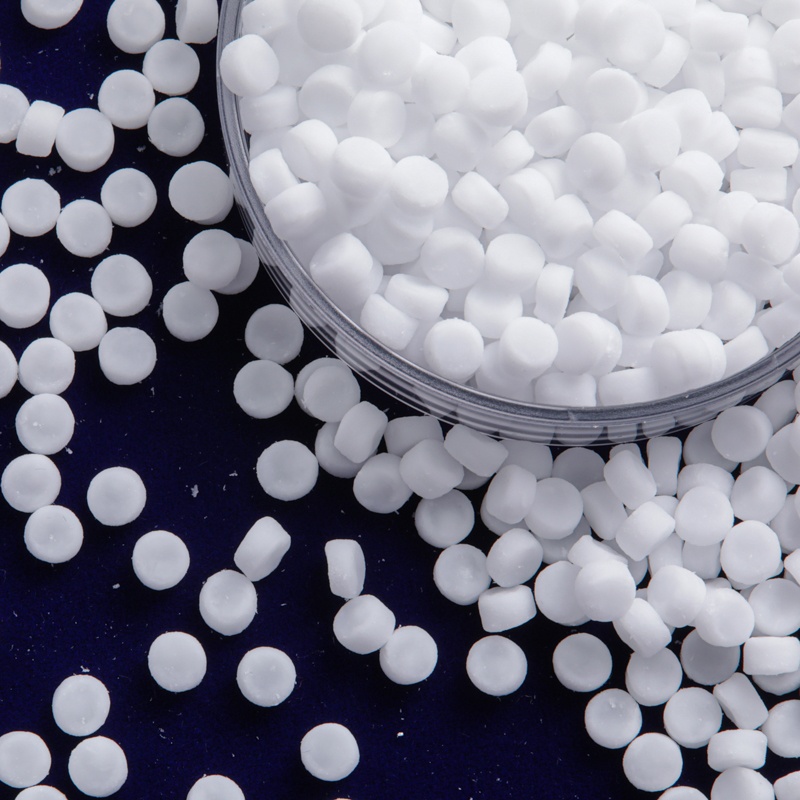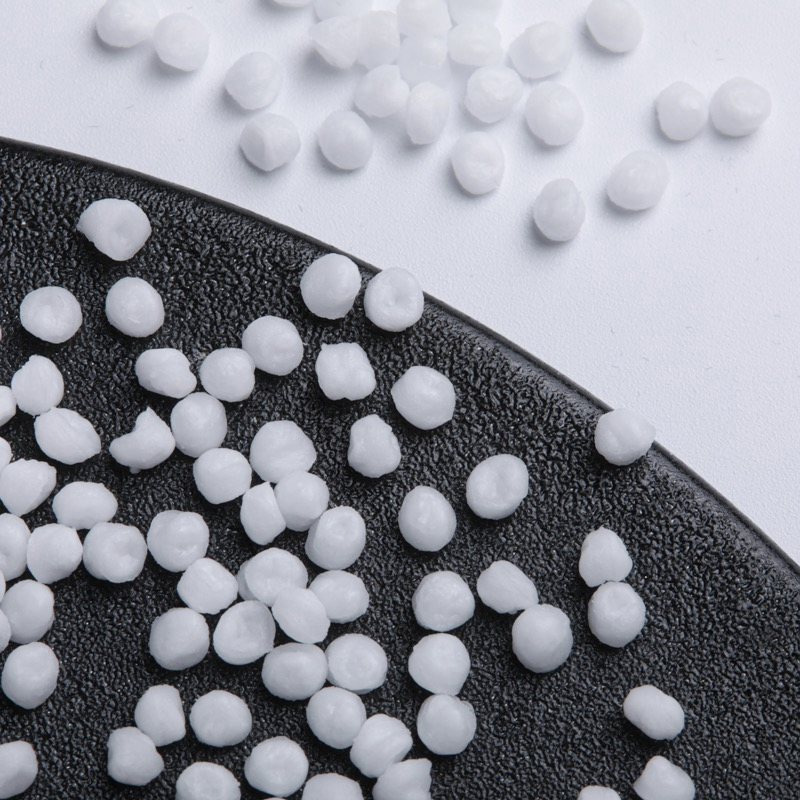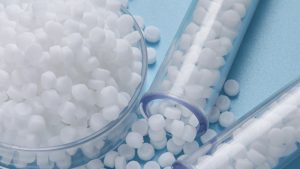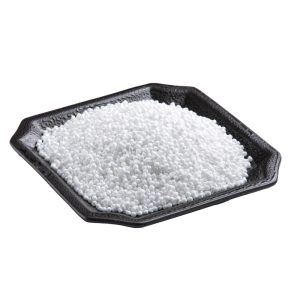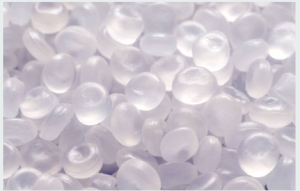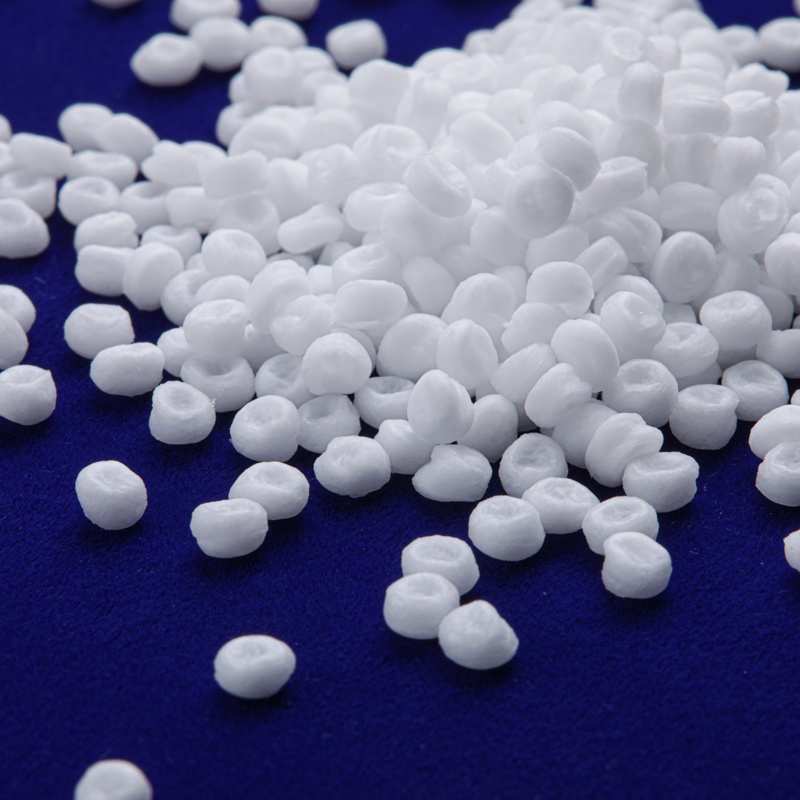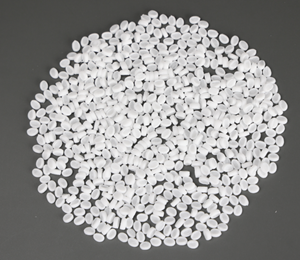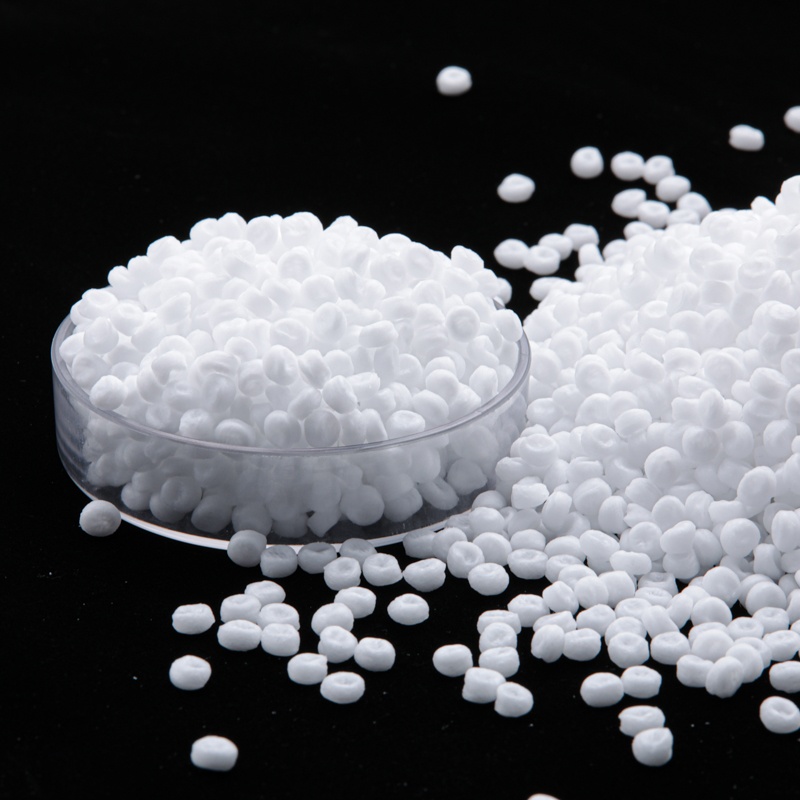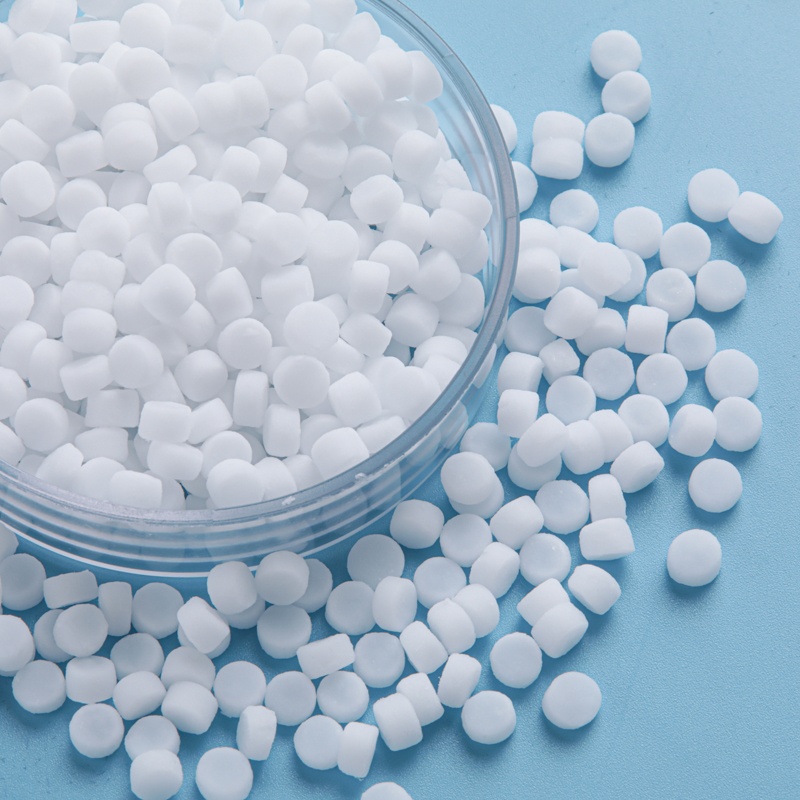1. Description of PA6 compounding and how to use PA6 compounding silicone powder
PA6 compounding masterbatch is an important technical tool designed to modify or optimize the properties of nylon by blending it with other polymers or additives to meet specific application requirements. The following are some of the main aspects of PA compounding masterbatch:
Purpose of blending modification: The PA6 compounding with other polymers can equalize the performance of each component, complement each other’s strengths and weaknesses, and obtain a new type of nylon composites with better overall performance that meets people’s needs.
Mediante la modificación de la mezcla, puede mejorar la absorción de agua, la fragilidad a baja temperatura, la estabilidad dimensional, la resistencia al calor y la resistencia a la abrasión de la PA, por lo que puede aplicarse a una variedad de usos diferentes.
Métodos de modificación de la mezcla: El blending es un método físico de mezcla de diferentes disolventes poliméricos mediante mezclas mecánicas (por ejemplo, rodillos, extrusoras o mezcladoras potentes). Las mezclas son generalmente sistemas multicomponentes y multifásicos cuyas propiedades dependen de la naturaleza de los componentes contenidos, de su morfología y de la naturaleza de la interfaz de las fases.
Ejemplos de aplicaciones de la modificación de mezclas:Mezcla con polietileno lineal de baja densidad (LLDPE): puede reducir la absorción de agua y la resistencia a la tracción y flexión del nailon.
Mezcla con polipropileno (PP): pueden estudiarse la absorción de agua y las propiedades de fricción y desgaste de los compuestos de nailon y PP.
Mezcla con politetrafluoroetileno (PTFE): Puede mejorar la absorción de agua del nailon, pero puede reducir su resistencia al impacto.
Mezcla con tereftalato de polipropileno (PTT): se pueden estudiar la absorción de agua y las propiedades mecánicas de las mezclas.
Otros medios de modificación: Además de la modificación por mezcla, el nailon puede modificarse mediante refuerzo de fibra, relleno inorgánico, endurecimiento, retardante de llama y resistencia a la intemperie.
Por ejemplo, la adición de fibras de vidrio o fibras de carbono puede mejorar significativamente la resistencia a la rigidez y la dureza del material; la adición de cargas específicas puede mejorar la rigidez, la dureza, la resistencia al calor y otras propiedades del material; el uso de agentes endurecedores puede reducir la fragilidad del nylon modificado endurecido, mejorar la resistencia al impacto y el alargamiento.
2. Serie de masterbatches compuestos de PA de us
Ingeniería de plásticos masterbatch lubricante es nuestra empresa introdujo PET como el portador principal y en polvo y sin masterbatch de silicona portadora, se puede añadir en la composición de PA como masterbatch PA composición dedicada a la ingeniería de plásticos PA, PC, PET y otros materiales de ingeniería, anti-flotación de fibra resistente a los arañazos papel, mejorar la productividad y la estabilidad del producto y el rendimiento, fácil de liberar, reducir el par, la lubricación interna y externa, y para mejorar el papel de la superficie.
Non-carrier silicone masterbatch is for PA6 compounding masterbatch. It is introduced of polymer silicone as the main silicone and silicone powder, dedicated to engineering plastics PA, PC, PTE, TPE and other materials, anti-floating fiber scratch-resistant role, improve productivity and stability, easy to mold release, reduce torque, internal and external lubrication, improve the surface and feel and so on.
3. Engineering compounding
Engineering plastics compounding refers to the process of combining engineering plastics with various additives, fillers, reinforcements, and other materials to create a new composite material with improved properties. Engineering plastics are a type of high-performance plastic materials that exhibit excellent mechanical, thermal, and chemical properties, making them suitable for use in various engineering applications.
The compounding process involves several steps. First, the engineering plastic base material is selected based on the desired properties and application requirements. Then, additives such as stabilizers, lubricants, flame retardants, and pigments are chosen to enhance specific characteristics like durability, processability, flame resistance, or color. Fillers like glass fibers, carbon fibers, or mineral fillers can be added to improve stiffness, strength, or thermal stability. Reinforcements such as fibers or particulate materials can also be incorporated to further enhance mechanical properties.
The mixing and compounding process typically occurs in a mixer or extruder, where the base plastic and additives are thoroughly blended together. The temperature, mixing speed, and duration of the process are carefully controlled to ensure uniform distribution of the additives within the plastic matrix. The compounded material is then extruded or pelletized for further processing or direct use in manufacturing applications.
Engineering plastic compounding offers several advantages. It allows for the customization of material properties to meet specific engineering requirements. By incorporating different additives and reinforcements, the mechanical, thermal, and chemical properties of the plastic can be tailored to suit a wide range of applications. This flexibility enables the creation of materials with enhanced strength, stiffness, wear resistance, heat resistance, or flame retardancy, among other properties.
Moreover, compounding can improve the processability of engineering plastics, making them easier to shape and form into desired shapes and sizes. It can also enhance the material’s durability and longevity, reducing the likelihood of failure or degradation under harsh operating conditions.
In summary, engineering plastic compounding is a critical step in the production of high-performance composite materials for engineering applications. It enables the creation of materials with tailored properties that meet specific requirements, improving the performance and reliability of final products.


